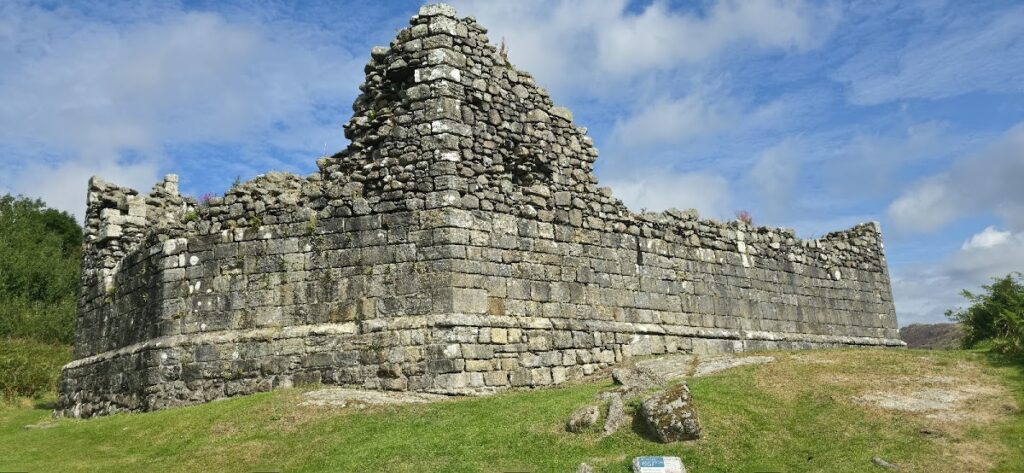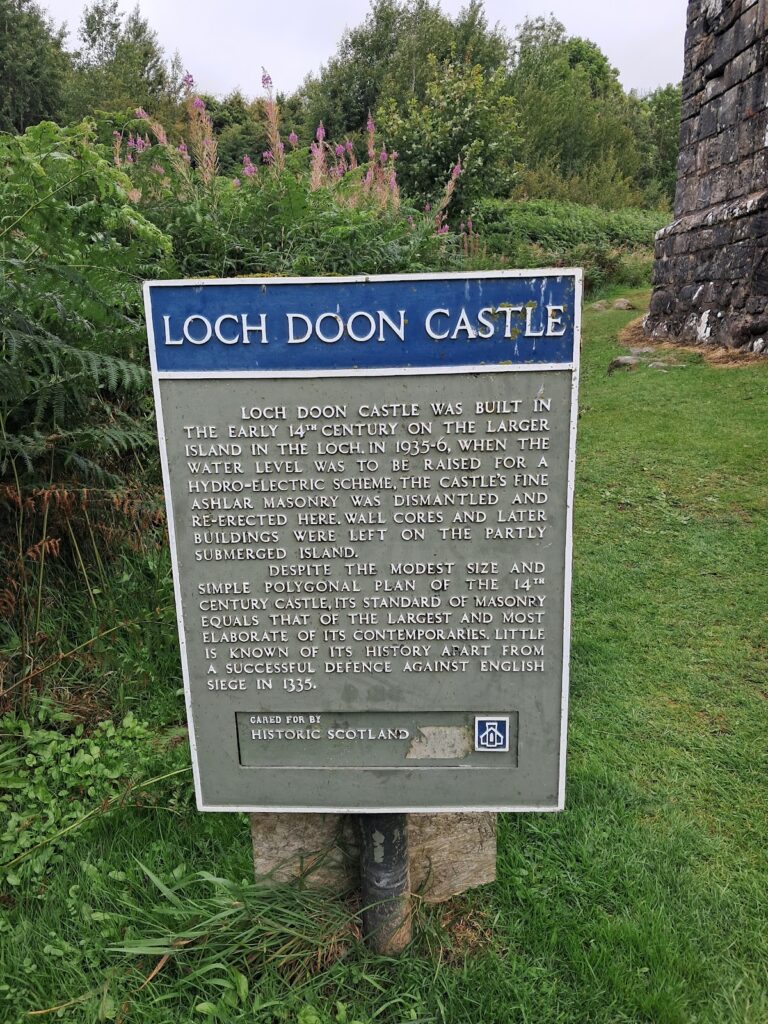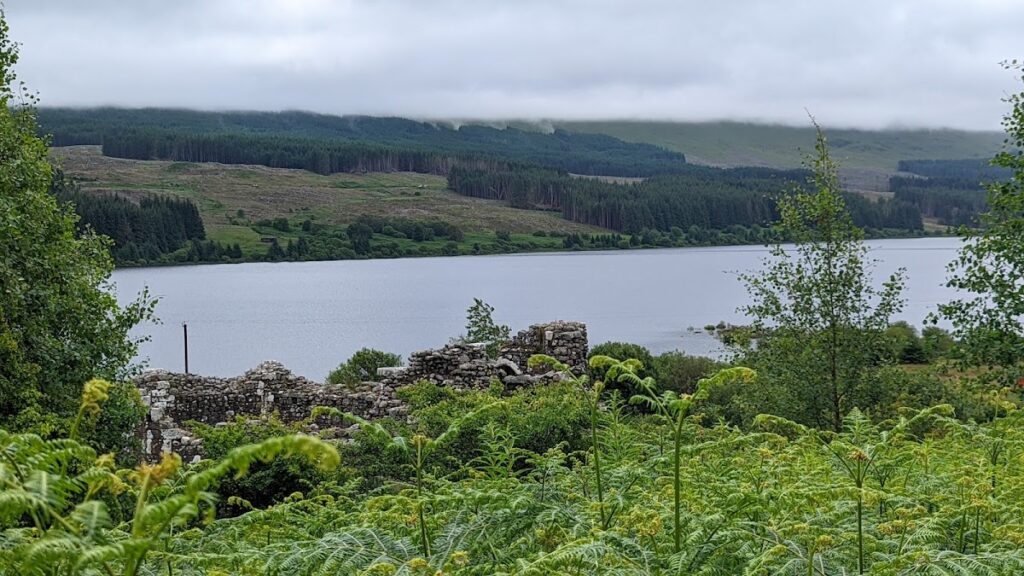Loch Doon Castle: A Medieval Scottish Fortification in Ayr
Visitor Information
Google Rating: 4.5
Popularity: Low
Google Maps: View on Google Maps
Official Website: www.historicenvironment.scot
Country: United Kingdom
Civilization: Unclassified
Remains: Military
History
Loch Doon Castle is situated within the modern boundaries of Ayr, Scotland. It was originally built in the late 13th century by the Bruce family, who held the title of Earls of Carrick, marking it as a medieval Scottish fortification constructed by a prominent noble family.
During the turbulent years of the Scottish Wars of Independence in the early 14th century, the castle played a strategic role. In 1306, English forces captured it, asserting control amid the conflict, but it was reclaimed by Scottish troops in 1314, reflecting the shifting fortunes of war in this region.
Ownership of the castle passed through several notable families following this period. The Corrie family, hereditary keepers since 1206, held it initially, but by the 14th century, the Kennedy family controlled it. A significant power shift occurred in 1446 when William Douglas, the 8th Earl of Douglas, seized the castle. The site changed hands multiple times thereafter, including a notable capture by William Crauford of Lefnoris in 1511, illustrating ongoing contestation among Scottish noble families.
In the 16th century, under King James V’s reign, the castle was deliberately destroyed to undermine local baronial influence in the Galloway area. It was later rebuilt, although with simpler construction materials, and a new keep was erected within its walls. Despite this revival, by the 17th century, the castle was abandoned, ending its active role in regional affairs.
In the 1930s, due to a hydro-electric project that raised the waters of Loch Doon, the ruins were dismantled from their original island location and carefully moved to the loch’s western shore, approximately 400 meters from the original site. The foundations were left submerged, while the newer 16th-century keep was not reconstructed in the relocation. Today, the site and its relocated remains are protected as scheduled monuments under the care of Historic Environment Scotland.
Remains
Loch Doon Castle features a distinctive polygonal layout formed by eleven sides creating a curtain wall, which was originally constructed with finely cut and solid masonry for the era. This design gave the castle a unique multi-angled defensive perimeter. After the 16th-century rebuilding, repairs and additions were made using rougher rubble stone, indicating a change to less refined materials following its ordered destruction.
Within this polygonal wall stands a keep, which dates from the 16th-century reconstruction period. Positioned on the castle’s west side, this keep was enclosed by the curtain walls, offering an additional layer of defense. The castle’s primary entrance was through a main gate facing north, complemented by a smaller gate on the eastern side, facilitating access and possibly controlled egress.
Originally, the castle occupied a small island, known as Castle Island, located centrally within Loch Doon. Although the castle ruins have been relocated, the island’s foundational remains endure beneath the lake’s surface and become partially visible when water levels are low, providing a tangible connection to the site’s original setting.
Historically, the castle featured a staircase consisting of 70 steps that allowed access to its elevated sections. This substantial feature was dismantled during the 19th century, with the stone repurposed for nearby construction related to a hunting lodge, illustrating adaptive reuse of materials in later periods.
Today, the castle rests on the western shore of Loch Doon, where the relocated ruins conserve much of the original layout, apart from the 16th-century keep, which was not reconstructed. The site offers an important archaeological record of medieval Scottish fortification, preserving layers of history visible in its structural remains.










